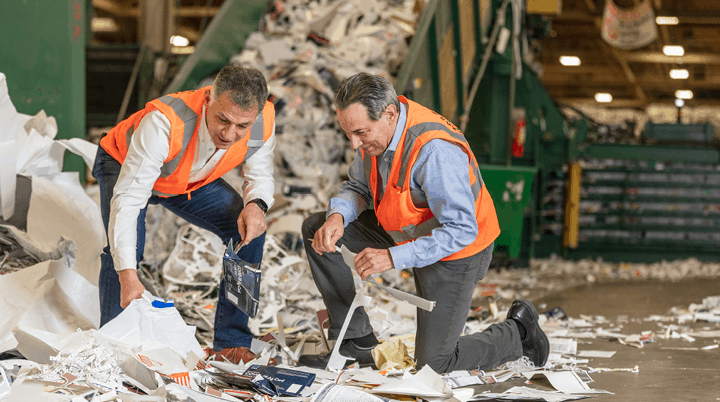
It overhauled the regime applicable to classified installations. The only profound change lies in the abandonment of the distinction between the two first classes and the distance criterion. The law introduces the concept of installation classified in place of that of establishment. It removes the division into three classes to replace it by a division into two categories: installations subject to authorization or declaration.
Thus, according to an article, either by authorization if it is likely to cause serious danger or disadvantages as described above, of the law are subject to provisions of the law: factories, workshops, depots, construction sites, quarries, in a manner general installations operated or owned by any natural person or public or private morals which may present dangers or drawbacks, either for the convenience of the neighborhood, or for public health, or for agriculture, either for the protection of nature or the environment, or for conservation of sites and monuments. Then the installation is submitted to declaration if the installation does not present such dangers and disadvantages.
Consequently, it extends its scope to include damage caused to sites, monuments, nature and the environment. It applies to pollution private and public sectors as well as all agricultural facilities. Finally, it delivers powers at the Ministry of the Environment with regard to authorization and regulation of installations.
The law on waste disposal and recovery materials was seen as an important advance in waste management. In the first place, this law gave a legal definition of waste understood as “any residue, any production process, transformation or use, any substance, material produced or more generally any movable property abandoned or that its holder intends to abandonment”. It is much easier now if you are looking for dumpster rental in Austin or elsewhere in Texas.
Secondly, it focused on prevention and on recovery to avoid the nuisances of irrational waste management could affect the environment. And finally it lays down the principle of responsibility of the holder of the waste.
Despite this relatively coherent legal framework, it did not allow solve waste-related problems; waste management knows currently a major crisis. Indeed, with regard to the production of waste, this continues to increase (for example, more than 250,000 tons of household waste was produced in 2015, or 85,000 t more than in 2005).
The factors for such an impressive increase have been described in the the past, they are therefore well known and are compatible with the production and mass consumption, due to an improvement in the standard of living of inhabitants.
Such a bleak picture, characterized by the growing accumulation of waste, is accompanied by the still numerous presence of unregulated landfills authorized and whose most frequent waste disposal method is left at the dump. In addition, treatment methods are still not very focused on valuation. Also, concerning waste management in Texas, we can draw up the following assessment.
With the promulgation of the new waste management law, Texas adopted modern legislation setting out the obligations of everyone for the management and disposal of waste. The goal targeted by the law being to offer households the possibility of disposing of their waste without nuisance, at the same time as promoting the recovery and recycling of a fraction of the waste.
At the end of 2010, the goal was partially achieved: almost the entire population benefited from a collection of household waste whose treatment was carried out by installations authorized under the legislation on installations classified for protection of the environment. But economic development and changes in consumption patterns have had for as a result of the continuous increase in waste produced.
The sectors of recycling and recovery are not developed enough, almost all household waste continuing to be oriented towards landfill and incineration. By limiting the use of landfill for raw household waste and insisting on on their recovery by reuse, recycling of materials or energy recovery, the law resumed and renovated the objectives of pollution reduction.
Indeed a new law relating to the elimination waste and installations classified for the protection of the environment, complements and reinforces the other Texas laws. It is therefore trying to put in place a new waste management policy for improving Texas environment.